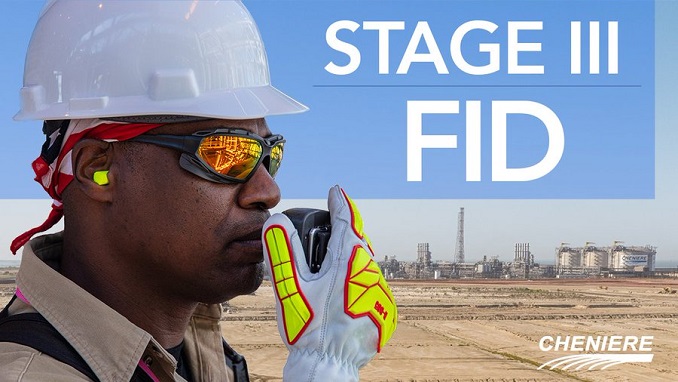
The leading liquefied natural gas (LNG) exporter Cheniere Energy Inc’s request to exempt turbines at its two US Gulf Coast terminals from a hazardous pollution rule was denied on Tuesday by the US Environmental Protection Agency (EPA).
After an 18-year stay, the Biden administration put into effect the National Emission Standards for Hazardous Air Pollutants (NESHAP), giving owners and operators of gas turbines a deadline to comply with it – September 5.
NESHAP imposes curbs on emissions of known carcinogens like formaldehyde and benzene from stationary combustion turbines, like those that LNG facilities use.
Arguing that NESHAP limits would reduce its shipments for an extended period and endanger the US efforts to ramp up supplies to Europe, Cheniere had asked EPA for an exemption from those limits for the specific kind of turbine that the top US exporter installed at its LNG terminals.
The model of turbine it uses at its Texas and Louisiana facilities, according to the company, is the best technology for withstanding the types of storms that often strike the Gulf Coast.
However, Cheniere requested for a special subcategory to comply with the turbines rule, claiming that the equipment is exceptionally hard to retrofit and that engineering and installation of pollution controls could take years.
At a time when Europe is depending on increased LNG shipments from the US to offset cuts from Russia, the Texas-based company warned that the Biden administration’s rejection may force it to reduce exports of the supercooled fuel to install new pollution control equipment at its facilities.
EPA spokesperson Tim Carroll, however, pointed out that the agency will continue to work with them to assure they meet Clean Air Act obligations, noting that Cheniere was the only company to request such an exemption.

Be the first to comment